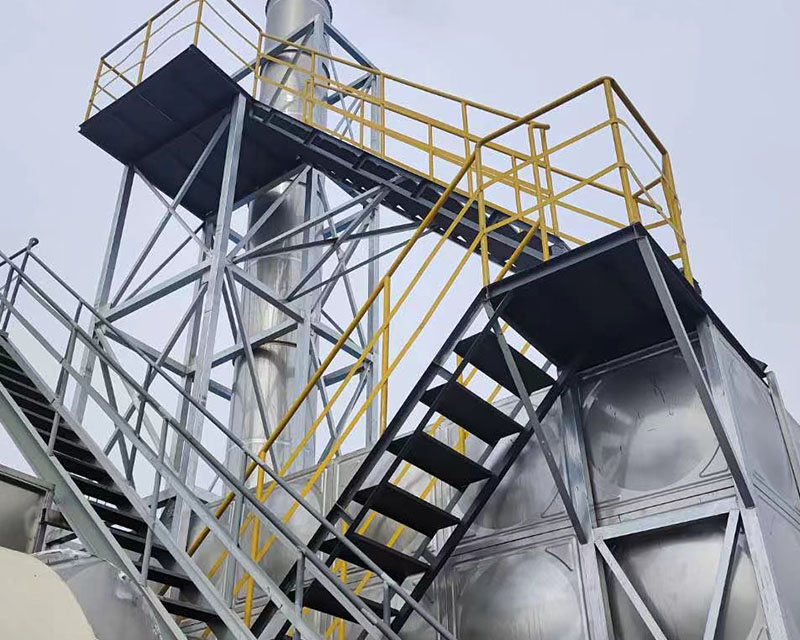Product features
With the development of social economy, people's requirements for the quality of living environment become higher and higher, and now it is more and more important to manage the environment. We all know that odor waste gas treatment is a problem that puzzles people. Working and living in such a stimulating and suffocating odor environment for a long time will make people feel unhappy, anxious, heartbroken, depressed, and bring serious harm to human body.
Ozone also has a strong scavenging effect on odorous gases and other irritating odors. As a strong oxidant, ozone is used to oxidize waste gas, break molecular bonds of odorous gases, destroy nucleic acid (DNA) of bacteria, and then oxidize through ozone to completely achieve deodorization and kill bacteria. Under normal operation, a single set of 185 nm band ultraviolet light can produce 120 ppm ozone. Under the strong oxidation of ozone, organic waste gas with concentration below 1000 ppm can be oxidized to water and carbon dioxide in about 0.5s.
Photooxygen catalysis principle: use the high-energy UV beam of a specific wavelength to quickly decompose the oxygen molecules in the air to produce free oxygen, that is, reactive oxygen. Since the positive and negative electrons carried by free oxygen are unbalanced, it needs to be combined with oxygen molecules to produce sufficient ozone. The high-energy C-wave ultraviolet beam and ozone are used to carry out the cooperative decomposition and oxidation reaction of malodorous gas, so that the malodorous gas substances can be degraded into low molecular compounds, water and carbon dioxide: UV+O2 → O -+O * (active oxygen) O+O2 → O3 (ozone).
The photo oxygen catalytic waste gas treatment device uses the professional technology of ultraviolet light source to purify the molecular chain of waste gas, and uses nano wave band light to cut, break, burn, and crack the molecular chain of waste gas to change the molecular structure; In addition, the waste gas molecules are subject to catalytic oxidation, so that the destroyed molecules or neutrons and atoms are combined with O3, so that the molecular chains of organic or inorganic macromolecular odor compounds can be transformed into low molecular compounds such as CO2 and H2O in the process of catalytic oxidation.

